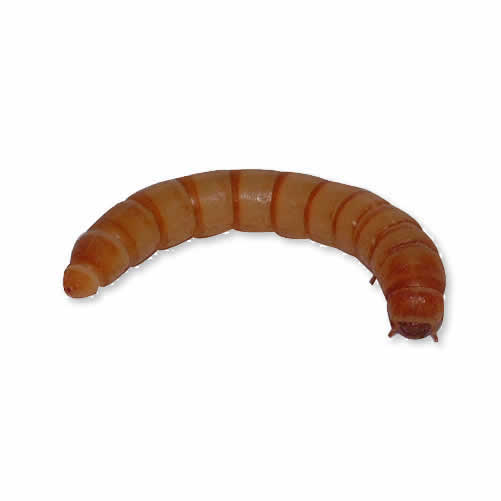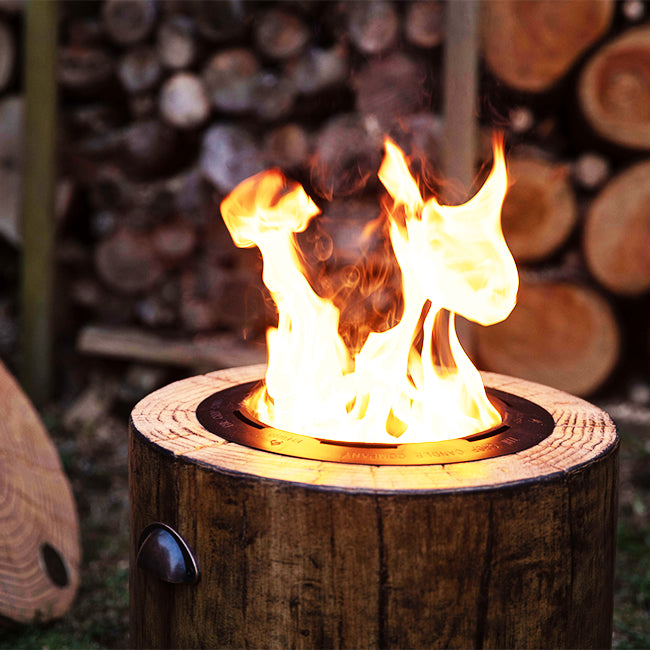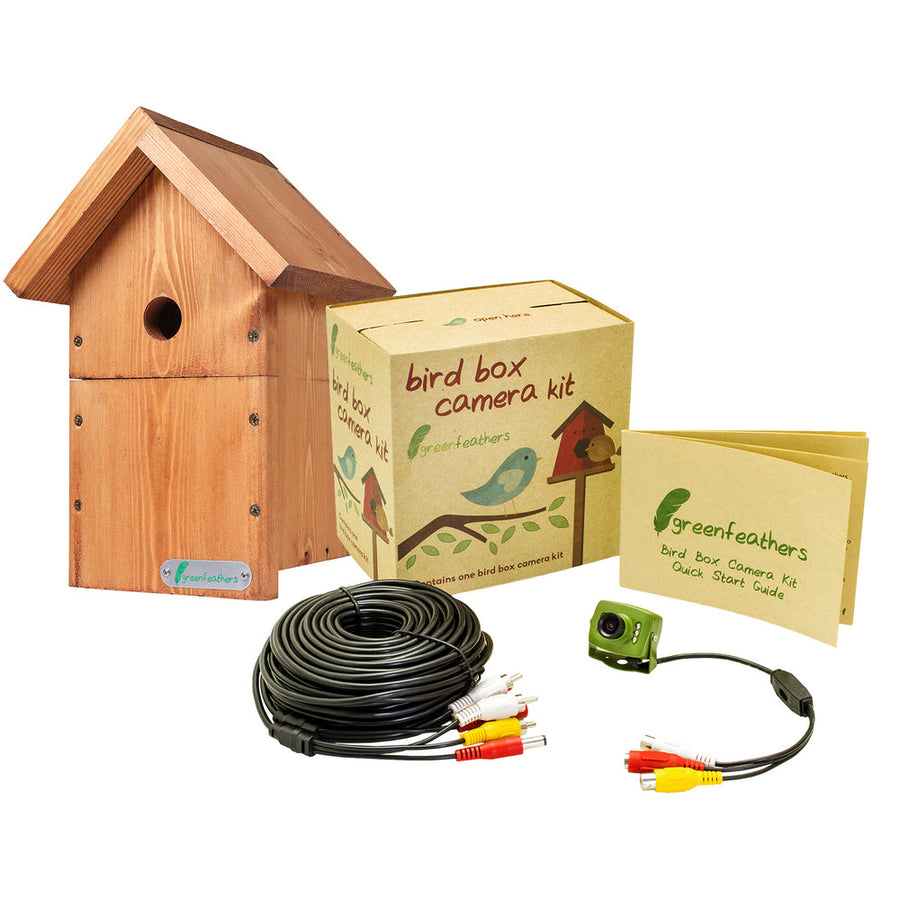Can Ducks and Chickens Live Together: Top Tips for a Mixed Flock

If you keep both birds and are wondering “Can ducks and chickens live together?”, the answer is yes - but it requires careful management. Ducks and chickens can share the same space, and both offer fresh eggs, natural pest control, and plenty of personality. However, their habits differ: ducks need more water for drinking and bathing, while chickens prefer drier ground and roosting bars. Understanding this, amongst other differences, helps you set up a coop and run that keeps both species healthy, happy, and stress-free.
Can Ducks and Chickens Live Together Successfully

You can keep chickens and ducks together if you understand their different needs and manage their environment carefully. Both species share some similarities in housing and diet, but they also have unique behaviours and requirements that must be considered to avoid conflict, stress, or health issues.
Compatibility of Chickens and Ducks
Chickens and ducks can share the same coop and run, provided there is enough space for all birds. Both species need protection from predators, dry bedding, and good ventilation. However, ducks add extra moisture to the coop, so it’s important to maintain airflow and ensure bedding stays dry rather than sitting at ground level.
The ratio of males to females is also important. A drake should have at least two female ducks, while a rooster usually requires 10-12 hens to prevent aggression. Unlike chickens, ducks don’t have a strict pecking order, which often helps reduce conflict in a mixed flock. If intimidation does occur, temporarily separating individuals or giving them separate sleeping quarters can help maintain harmony.
Benefits of a Mixed Flock

-
Both species can eat the same feed - however it is always best to feed specialist food to the bird it's intended for to ensure they get the correct nutrients. Some chicken layer feed works for most ducks with added niacin or brewer’s yeast for healthy legs.
-
Ducks and chickens complement each other in foraging - ducks uncover insects that chickens can then eat.
-
Ducks add variety to your egg supply, with different egg types throughout the year.
-
In winter, ducks’ body heat can help keep the coop warmer for chickens.
Challenges of a Mixed Flock
-
Ducks love water and splash frequently, creating mud around feeders or drinkers that chickens usually avoid.
-
Managing water is key: place duck pools in a separate corner of the run and keep food and drinkers outside the coop.
-
Ducks are more active at night, which can disturb sleeping chickens, so consider separate sleeping arrangements.
Key Differences in Behaviour and Needs
|
Feature |
Chickens |
Ducks |
Notes |
|
Sleeping |
Roost on bars |
Sleep on straw at ground level |
Provide roost for chickens, bedding for ducks |
|
Nesting |
Use nesting boxes |
Often lay eggs in corners or simple nests |
Offer separate or additional nest boxes for ducks |
|
Water |
Drink but avoid bathing |
Need water to dunk heads, preen, and maintain waterproof feathers |
Place duck pools in safe areas chickens can avoid |
|
Food |
Layer feed, plus extra niacin or brewer’s yeast |
Ducks can safely share some chicken treats, but specialised duck food contains needed nutrients |
|
|
Behaviour |
Establish strict pecking order |
No strict hierarchy |
Monitor for aggression and separate if necessary |
|
Activity |
Mostly daytime |
Active day and night |
Consider run layout and sleeping areas accordingly |
3 Considerations for Keeping Chickens and Ducks Together

Raising a mixed flock of chickens and ducks can be a fun and rewarding experience, but it requires careful management to meet the needs of both species. Understanding their different sleeping habits, space requirements, and environmental preferences is key to keeping your birds healthy and stress-free.
1. Feeding and Nutrition Differences
While chickens and ducks can share the same feed, ducks require extra niacin for strong bones and healthy joints, which can be provided by adding a small amount of brewer’s yeast to their diet. So it's best to stick to feeding each their own specialised feed. Ducks eat differently from chickens, often scooping up feed and washing it down with water, so it’s important to have water available wherever they eat.
Layer feed works well for both species, but if you are raising ducklings alongside chicks, avoid medicated chick feed, as young ducks process medication differently and it can cause health issues. Both species enjoy the same treats like vegetables, grains, and insects, but scattering food in open areas helps prevent crowding and ensures your chicken flock and small flocks of ducks can feed comfortably together.
2. Space and Housing Requirements

Chickens and ducks can share the same chicken coop, but their habits differ. Chickens prefer roosting bars at night, while adult ducks sleep on the ground and need a thick layer of straw or shavings for comfort. Ducks release more moisture, so ventilation is essential - high vents prevent damp bedding and reduce the risk of respiratory issues.
Ensure enough floor space: at least 4 sq ft per chicken and 6 sq ft per duck inside the coop, with larger outdoor runs whenever possible. Many keepers allow the birds to share a daytime run but provide separate sleeping areas at night, preventing disturbances since ducks are often more active after dark. Our duck houses are built with excellent ventilation and generous space, capable of comfortably housing up to eight small ducks or two large geese, such as American Buffs, making them a practical and safe choice for a mixed backyard flock.
3. Water Access and Hygiene
Ducks need water deep enough to dip their heads, which helps keep their nostrils clear and feathers waterproof. A shallow tub, kiddie pool, or rubber trough works well, but it’s important to provide a safe way for both ducks and chickens to get in and out.
Unlike chickens, ducks love to splash, so placing water inside the chicken coop can quickly make bedding damp and unhygienic. It’s better to keep water stations outside, away from nesting boxes and roosting areas, and to rotate or place tubs on gravel to manage muddy spots.
Adding bricks or small blocks allows ducks to climb out easily, reducing drowning risks, while daily cleaning ensures both poultry species stay healthy. With these precautions, your small flocks can enjoy clean water and safe bathing areas without compromising coop hygiene.
Introducing and Managing a Mixed Flock

Keeping ducks and chickens together can work well with careful planning and attention to flock dynamics. Follow these key steps:
Safe Introduction Methods
-
Introduce ducks to a chicken flock gradually, using separate pens where they can see and hear each other before sharing the same coop or pen.
-
Use a neutral area, such as a temporary run or fenced section of your back garden, for first contact.
-
Add multiple birds of the same type at once; introducing a single duck or female chicken alone may lead to bullying.
-
Supervise interactions closely and provide extra feeders and waterers to prevent competition.
Quarantine and Health Precautions

-
Keep new birds in quarantine for 2–4 weeks to avoid spreading parasites or disease transmission, such as blackhead disease.
-
Monitor for symptoms like coughing, sneezing, diarrhoea, or sudden weight loss before integrating with your existing poultry species.
-
Clean and disinfect all equipment used with quarantined birds to prevent cross-contamination.
Monitoring Flock Dynamics
-
Observe interactions once ducks and chickens share a space; minor pecking may occur, particularly at feeding times.
-
Provide multiple feeding stations to reduce tension and avoid muddy gathering spots.
-
Place pools or water bowls away from dry resting areas to keep the environment comfortable.
-
If keeping two drakes, ensure a balanced ratio of more female ducks to prevent aggression during the breeding season.
-
Regularly check behaviour, egg production, and overall health, adjusting housing or separate coops if necessary.
Fowl Play, Done Right

Keeping ducks and chickens together can be a fun and rewarding adventure when you plan for their unique needs. With careful attention to housing, feeding, and water access, your flock can thrive harmoniously, enjoying shared foraging, diverse egg production, and healthy growth.
At Garden Wildlife, we offer a wide range of duck and chicken housing, including ventilated coops and spacious duck houses, plus nutritious poultry and waterfowl feed - everything you need to keep your mixed flock happy, healthy, and thriving in one safe space.
Frequently Asked Questions
Can I let ducks and chickens free range together?
Yes, ducks and chickens can share a free-range area, but make sure there’s enough space and separate water and feeding spots to prevent overcrowding and maintain flock harmony.
How many ducks should I add to an existing chicken flock?
When adding ducks, it’s best to introduce a small group rather than a single bird, ensuring there are enough female ducks per drake and adequate space to maintain balance in your flock dynamics.
Do ducks and chickens share the same nesting boxes?
Chickens and ducks prefer different nesting arrangements; provide separate nests or boxes for ducks and hens to ensure comfort and encourage consistent egg laying.
How can I keep my mixed flock of ducks and chickens healthy?
Keep housing clean and ventilated, provide separate water and feeding areas, monitor for illness, and ensure each bird has enough space to prevent bullying, and reduce stress and disease risk.
















